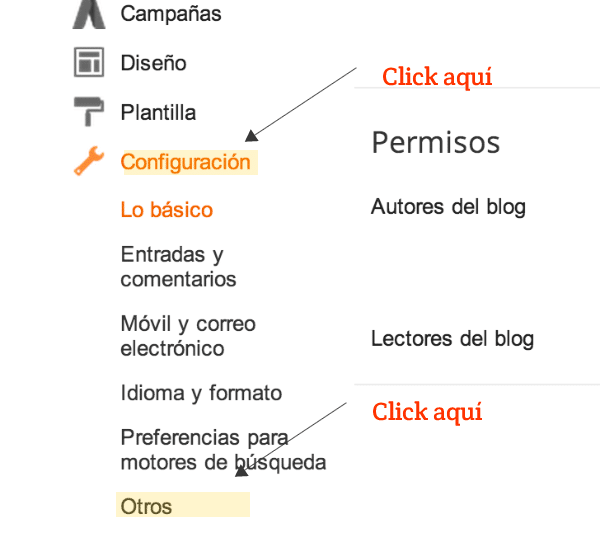https://www.euroresidentes.com/tecnologia/trucos-diseno-web/como-hacer-copias-de-seguridad-en
Cómo hacer una copia de seguridad de mi blog
- Copia de seguridad de la plantilla: La plantilla es la parte visual de tu blog, el color de fondo, la cabecera, el tipo de letra de tus entrada, la forma de tu menú etc, es la parte que implica las modificaciones del html y del css que le hacemos al blog
- Copia de seguridad del contenido: El contenido son tus entradas, los post que haces
¿Para que sirven las copias de seguridad?
¿Cómo hacer una copia de seguridad de la plantilla?
1.Entra al editor de blogger y haz click en la opción plantilla2. A la derecha de la pantalla haz click en el botón gris donde pone “Crear/Restablecer copia de seguridad“3. Te saldrá una ventana emergente como la de la foto de abajo, para hacer la copia de la plantilla haz click en el botón naranja “Descargar plantilla completa“, al hacer click se te descargará un archivo con formato xml, es importante que tengas localizado el archivo cuando lo descargues por si lo necesitas alguna vez, normalmente va a la carpeta de descargas, pero puedes guardarlo donde tu quieras para tenerlo localizado.Si te fijas verás que en esta misma ventana tienes otra opción en la zona inferior donde hay un texto que pone “Sube una plantilla desde un archivo de tu equipo” y un botón para seleccionar un archivo de nuestro ordenador, esto sirve para restaurar la plantilla que previamente hemos descargado y volver a subirla en caso de que se haya producido algún fallo o error en nuestro blog, una vez seleccionado el archivo le daríamos a subir y volveríamos a tener restaurada nuestra plantilla. Recomendación: Haz copias de seguridad de la plantilla cuando hagas cambios en el código, antes y una vez efectuados los cambios si todo ha quedado como querías
¿Cómo hacer una copia de seguridad del contenido de nuestro blog?
1. Para hacer copias de seguridad de las entradas de nuestro blog hay que ir a Configuración/ Otros (ver foto de abajo)2. A la derecha justo al lado del texto Herramientas del blog hay tres opciones: Importar blog -Exportar blog y Eliminar blog. La primera y la segunda opción son las que nos interesan en este caso, para hacer la copia de seguridad del contenido de nuestro blog hacemos click en la opción Exportar blog, al pinchar sobre ella se abre una ventana de diálogo donde nos explica para que sirve esta opción y hay un botón naranja para descargar el archivo









